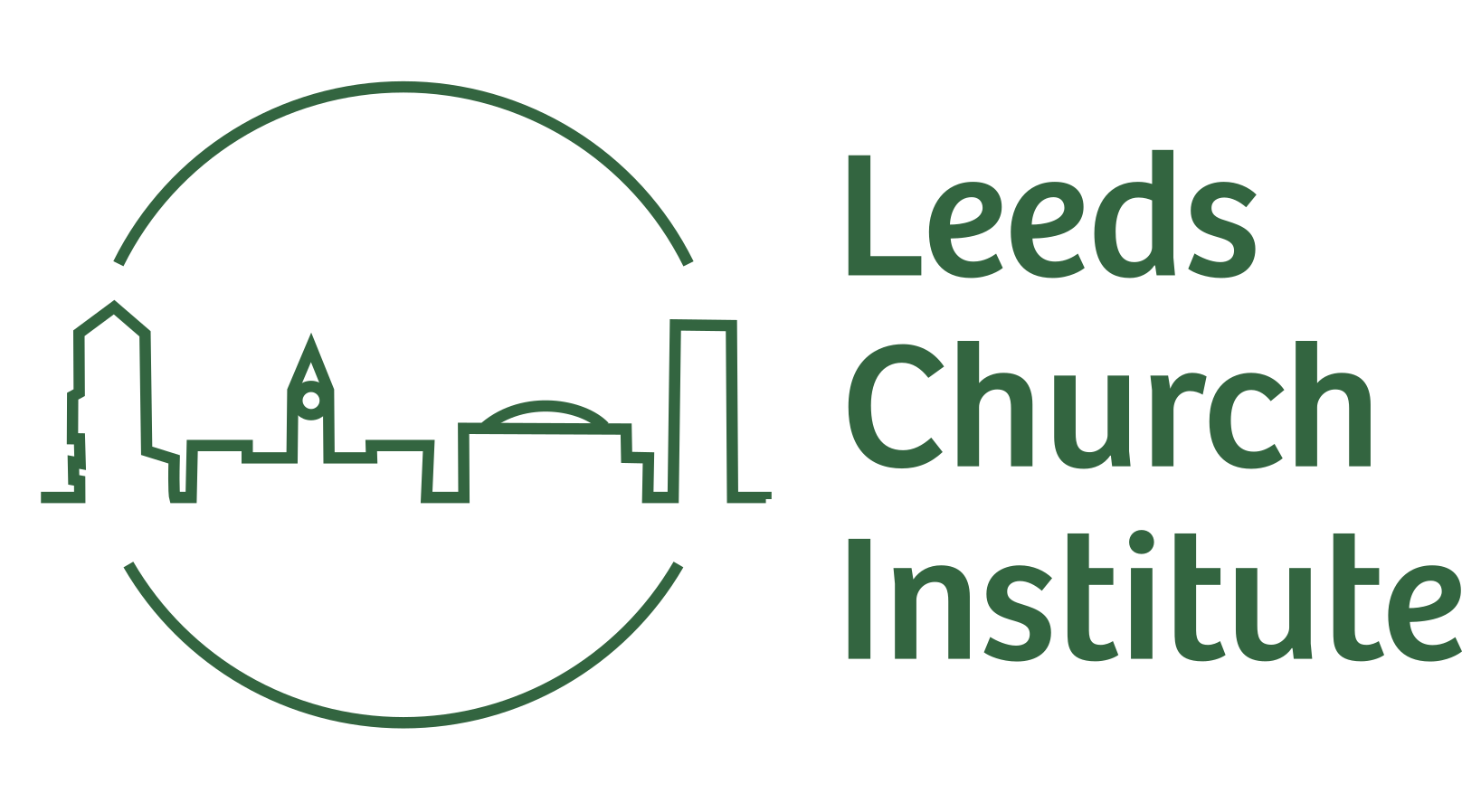In this week’s blog, our Poet Theologian Hannah Stone reflects on how Covid-19 has constrained our gestures and, in particular, how a steadying hand offered to a fellow passenger or a pat on the shoulder are embargoed, yet we rely on our own and other’s hands.
 Can you remember those first days of becoming aware of the approach of a deadly virus? We were enjoined to wash our hands, frequently, whilst singing happy birthday twice, and to avoid crowded places. Now, even in our relatively non-effusive British culture, gestures have become constrained. Formal handshaking ceased; will it return? That steadying hand offered to a fellow passenger getting off a bus; the pat on the shoulder of praise or commiseration; the simple offering of a fresh picked berry in the palm of the hand – all embargoed. Yet we rely on our own and other hands every day. The author Michael Rosen has been tweeting about his gradual recovery from Covid after a prolonged stay in hospital. Here he is, reading his poem ‘These are the hands’ which he wrote for the NHS, in all its guises – not just the obvious visible helpers but all the ‘crowds of witnesses’ who play their role in supporting us in our journey through life.
Can you remember those first days of becoming aware of the approach of a deadly virus? We were enjoined to wash our hands, frequently, whilst singing happy birthday twice, and to avoid crowded places. Now, even in our relatively non-effusive British culture, gestures have become constrained. Formal handshaking ceased; will it return? That steadying hand offered to a fellow passenger getting off a bus; the pat on the shoulder of praise or commiseration; the simple offering of a fresh picked berry in the palm of the hand – all embargoed. Yet we rely on our own and other hands every day. The author Michael Rosen has been tweeting about his gradual recovery from Covid after a prolonged stay in hospital. Here he is, reading his poem ‘These are the hands’ which he wrote for the NHS, in all its guises – not just the obvious visible helpers but all the ‘crowds of witnesses’ who play their role in supporting us in our journey through life.
 In the Bible, there are countless mentions of hands. In the Hebrew Scriptures God is described as being at our right hand (Ps 16.8), the place of pre-eminence and power. The laying on of hands forms part of many liturgical practices – this year’s Petertide ordinations entailing the episcopal channelling of the Holy Spirit through that gesture were sadly deferred because of the risk factors. The New Testament abounds with examples of Jesus healing through touch as well as mere presence. The recent re-introduction of lockdown restrictions in the Midlands gave rise to a new colloquial phrase, to be a ‘Leicester leper’. I guess in healing people afflicted with the terrible and highly contagious disease of leprosy Jesus was taking risks akin to those of our professionals caring for patients with Covid 19. In Luke’s gospel (17.11-19), Jesus links physical and spiritual healing, inviting those he had healed to re-engage with the religious worship from which they had been excluded. Of the ten healed, only one returned to thank him. He was a Samaritan, a group of people consistently honoured by Jesus, and used in parables about acceptance and otherness, although vilified by some sections of traditional Jewish society as outsiders. In poetic terms, being a Samaritan is a metaphor for being an outsider, just as being a leper represents unacceptability and disgust. The way we use language can convey so many layers of meaning, maybe more than we intend.
In the Bible, there are countless mentions of hands. In the Hebrew Scriptures God is described as being at our right hand (Ps 16.8), the place of pre-eminence and power. The laying on of hands forms part of many liturgical practices – this year’s Petertide ordinations entailing the episcopal channelling of the Holy Spirit through that gesture were sadly deferred because of the risk factors. The New Testament abounds with examples of Jesus healing through touch as well as mere presence. The recent re-introduction of lockdown restrictions in the Midlands gave rise to a new colloquial phrase, to be a ‘Leicester leper’. I guess in healing people afflicted with the terrible and highly contagious disease of leprosy Jesus was taking risks akin to those of our professionals caring for patients with Covid 19. In Luke’s gospel (17.11-19), Jesus links physical and spiritual healing, inviting those he had healed to re-engage with the religious worship from which they had been excluded. Of the ten healed, only one returned to thank him. He was a Samaritan, a group of people consistently honoured by Jesus, and used in parables about acceptance and otherness, although vilified by some sections of traditional Jewish society as outsiders. In poetic terms, being a Samaritan is a metaphor for being an outsider, just as being a leper represents unacceptability and disgust. The way we use language can convey so many layers of meaning, maybe more than we intend.
As we emerge from lockdown, how do we react when we see people not wearing face masks, or maybe not apparently keeping a safe distance? If we judge them, is that from our anxiety and eroded fund of patience and tolerance, or from scientific knowledge? What images can help us make sense of the situation, and express ourselves thoughtfully? I’d love to know what you think; in August, we’re introducing opportunities to chat to me via zoom, to share responses to how poetry and theology are linked. I look forward to meeting you.

